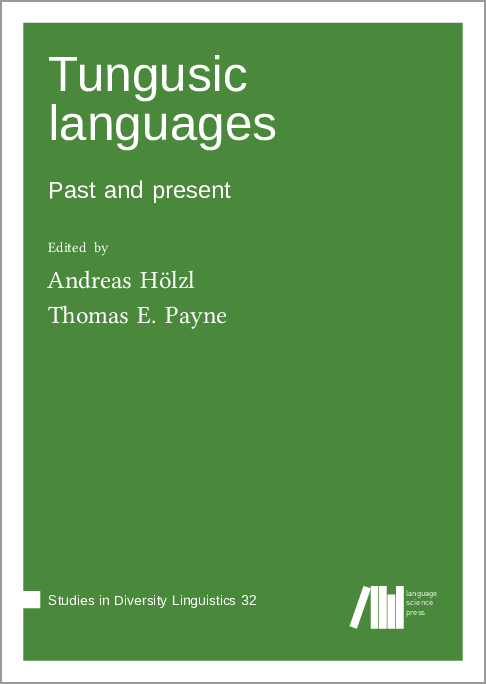We log anonymous usage statistics. Please read the privacy information for details.
Tungusic languages: Past and present
Synopsis
Tungusic is a small family of languages, many of which are endangered. It encompasses approximately twenty languages located in Siberia and northern China. These languages are distributed over an enormous area that ranges from the Yenisey River and Xinjiang in the west to the Kamchatka Peninsula and Sakhalin in the east. They extend as far north as the Taimyr Peninsula and, for a brief period, could even be found in parts of Central and Southern China.
This book is an attempt to bring researchers from different backgrounds together to provide an open-access publication in English that is freely available to all scholars in the field. The contributions cover all branches of Tungusic and a wide range of linguistic features. Topics include synchronic descriptions, typological comparisons, dialectology, language contact, and diachronic reconstruction. Some of the contributions are based on first-hand data collected during fieldwork, in some cases from the last speakers of a given language.
Chapters
-
Introduction
-
The causal-noncausal alternation in the Northern Tungusic languages of Russia
-
Tense and insubordination in Uilta (Orok)
-
‘What’s your name?’ in Tungusic and beyond
-
On some shared and distinguishing features of Nercha and Khamnigan Ewenki dialects
-
Functions of placeholder words in Evenki
-
From consonant to toneLaryngealized and pharyngealized vowels in Udihe
-
Proto-Tungusic in time and space
-
Historical language contact between Sibe and Khorchin




